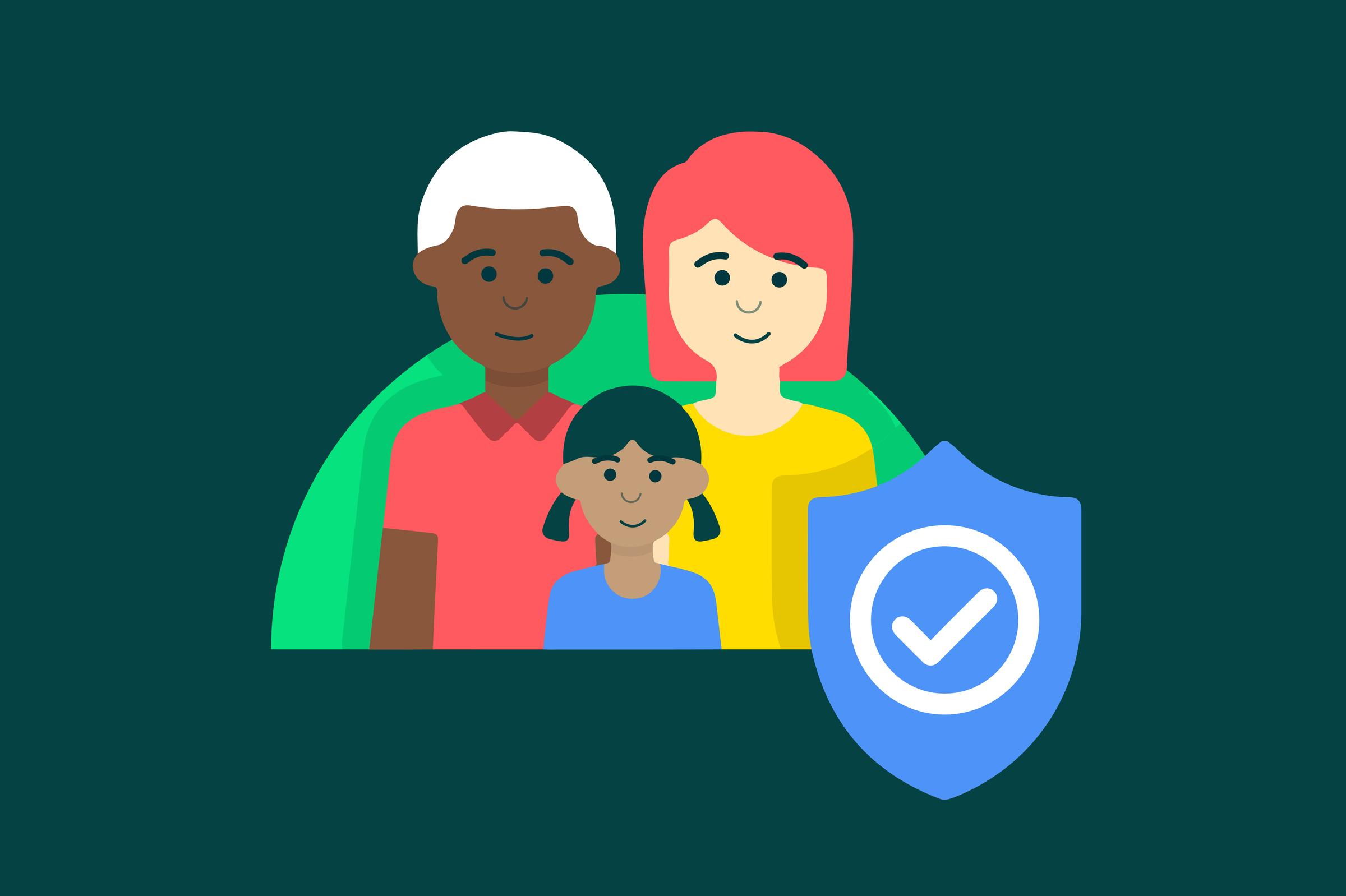Parental Controls

In short:
- Parental controls can help keep children and young people safer online by preventing access to harmful content, managing time spent online and who your child communicates with.
- To be most effective, parental controls need to be set up on all devices your child accesses. They should be revisited and maintained regularly. It is also important controls are set on devices your child may access while in the care of others (family, friends).
- Parental controls are most effective when used alongside supervision and other online safety strategies.
Explore how to use parental controls:
- on your home wi-fi network
- through using third-party software
- in apps and programs, including social media platforms/networks, streaming services, web browsers and search engines
- built into devices, including desktop and laptop computers, mobile devices, gaming consoles and smart TVs and smart home devices (such as Google Nest and Amazon Alexa).
What are parental controls?
Parental controls are software tools that allow you to monitor and limit what your child sees and does online.
They can be set up to do things like:
- Block your child from accessing specific websites, apps or functions (like using a device’s camera, or the ability to buy things).
- Filter different kinds of content — such as ‘adult’ or sexual content, social media pages and pages with content that may promote self-harm, eating disorders, violence, drugs, gambling, racism and terrorism.
- Limit who can communicate with your child, and manage the apps they can use to communicate with others.
- Allow you to monitor your child’s use of connected devices, with reports on the sites they visit and the apps they use, how often and for how long.
- Set time limits, blocking access after a set time.
If a device or program is shared by multiple members of your family, you should be able change the tool settings to reflect each user’s age and skills.
Apple tablets and smartphones
Apple operating systems from iOS12 enable you to restrict access to browsers and applications, in-app purchasing, social networking, non-child friendly internet content, sharing of data (including photos and location), media streaming and online gaming. Find out how- External link.
If you are concerned about your child seeing unwanted nude images and videos, consider turning on 'Sensitive Content Warning' on their Apple device. It is available to users of all ages. Access it by searching for 'Communication Safety' or 'Sensitive Content' in settings.
Social media
Social media platforms sometimes have additional safety features as the default for users aged under 18, but you shouldn’t rely on this happening automatically. If your child is using social media, help them check their settings regularly to ensure they are using the strongest safety features.
Most social media platforms do not allow users under the age of 13 to register. However, most do not have reliable age verification, so it is likely children may still be able to access them and create an account. There are also social media platforms designed for children, such as Messenger Kids.
Some commonly used platforms include:
Parental supervision toolsExternal link have been available globally on Facebook since late 2023. These tools are accessible via the Settings menu. They can provide insights on things like time spent on Facebook, as well as enabling parents and carers to schedule breaks, and find other resources about managing their children’s time online.
Find more safety information about Facebook in The eSafety Guide.
Supervision tools are available via the Instagram mobile app. Instagram is primarily designed to be used on mobile devices, so some supervision tools may not be accessible via desktop browsing.
Parents and carers can invite teens to link their account for supervision. The teen must agree to this before supervision tools can be used. The tools include the ability for parents and carers to set limits on when and for how long their child can use Instagram, to view who their child is connected to and who they’ve blocked, and view some of their settings such as privacy and security. Supervision tools do not enable parents and carers to see their child’s search history, messages or posts (but you can see their public posts, or posts shared to followers if you follow them).
Supervision is automatically removed from the child’s account when they turn 18.
Find more safety information about Instagram in The eSafety Guide.
Messenger
Parents and carers can access supervision tools through the Meta Family CentreExternal link. These include the ability to view how much time your child spends on Messenger, view their contacts list, who can message them and their safety/security settings, and who can see their Messenger stories. Teens can also opt into allowing parents and carers to see who they have blocked on Messenger. Parents and carers can also schedule breaks to help manage time spent online.
Find more safety information about Messenger and Messenger Kids in The eSafety Guide.
Snapchat
Snapchat provides parental controls through its Family CentreExternal link, which is accessible via the mobile app. These controls enable parents and carers to see who their child is communicating with, view their child’s privacy and safety settings (including limiting the types of content that can be seen), manage parental controls for Snapchat’s artificial intelligence chatbot, My AI, and report any concerns directly to Snapchat’s Trust and Safety team. Parental controls on Snapchat are only accessible to parents and carers over the age of 25.
Find more safety information about Snapchat in The eSafety Guide.
TikTok
TikTok uses a feature called Family Pairing to support parents and carer supervision. This tool enables parents and carers to manage screen time, restrict content and users from searches and the feed, and change privacy and discoverability settings such as who can comment on your child’s videos, who they can be recommended to, and whether they can send and receive direct messages. Direct messaging is only available to children 16 years and older.
Find more safety information about TikTok in The eSafety Guide.
